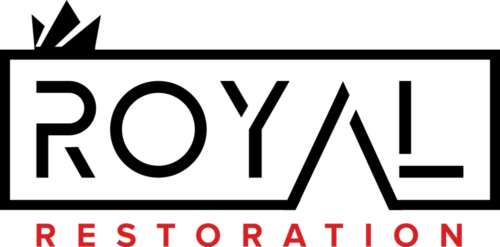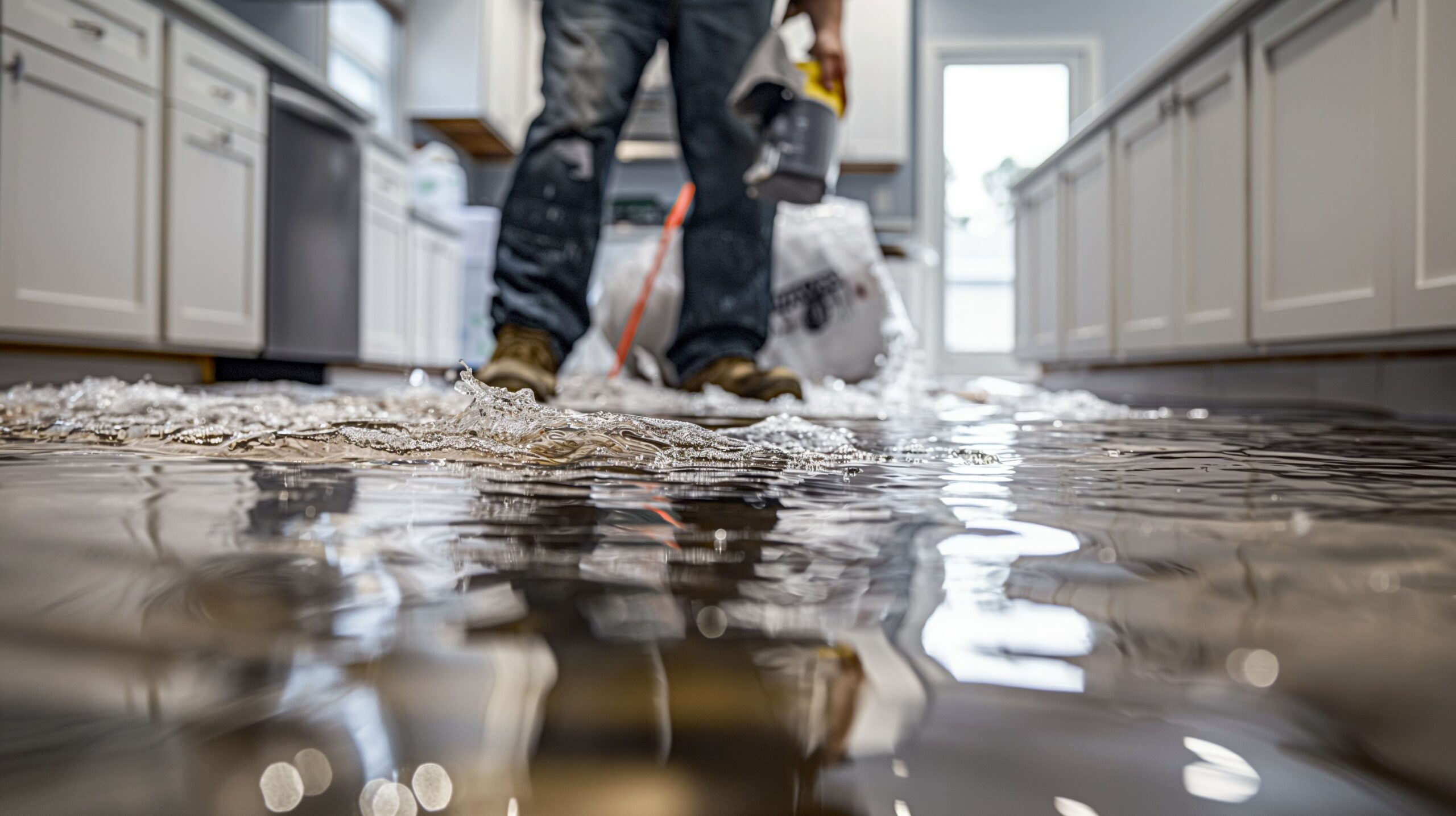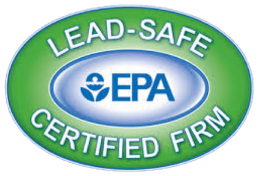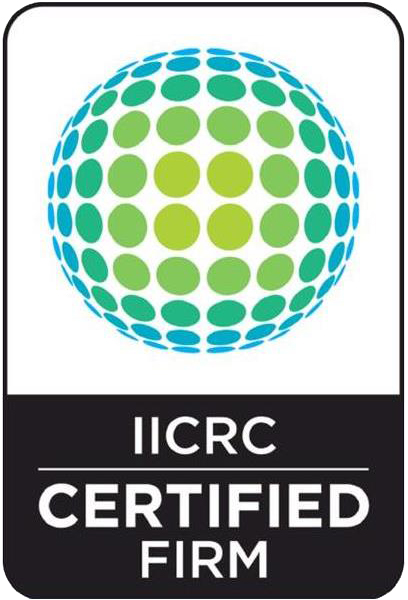Dealing with water damage in your home or business can be stressful, but a professional water mitigation company can help guide you through the restoration process. When excess water invades a property, it’s crucial to act quickly to remove contaminated water and dry out affected areas, preventing further damage like mold growth. Before you hire a restoration company, in this comprehensive guide, we’ll walk through the key phases of the water mitigation process and restoration so you understand what to expect. With the right water mitigation service, approach, and high-quality equipment, water damage can be remediated for a full recovery. Let’s dive in!
Table of Contents
Water Mitigation vs Restoration
You may have heard the terms “water mitigation” and “water restoration” used interchangeably. But while they are closely related, there are some distinct differences between mitigation and water restoration services, when it comes to addressing water damage.
Water Mitigation refers to the initial emergency response and temporary remediation measures taken to address water damage right away. The mitigation process aims to immediately reduce health risks, stop additional water intrusion replace damaged walls, dry materials as quickly as possible, and prevent further damage. It prepares a property for the next phase of restoration.
Water Restoration refers to the long-term repairs, rebuilding, and reconstruction work necessary to fully restore a property to its pre-loss condition.
Both mitigation and full restoration services are crucial services after basement floods, burst pipes, and other water disasters.
What Causes Water Damage?
There are a variety of potential causes that can lead to water damage in a home or business. Being aware of the common causes can help you take preventative steps and respond quickly when leaks or flooding occur.
- Burst Pipes: According to restoration industry experts from the Institute of Inspection, Cleaning and Restoration Certification (IICRC), burst pipes account for most residential water damage claims.
- Appliance & Plumbing Leaks: Faulty appliances and plumbing fixtures account for many leaks. Small leaks may go unnoticed, slowly releasing water that causes hidden mold growth.
- Roof Leaks: Damaged or aged roofing materials allow water intrusion during storms and heavy rain.
- Natural Disasters: Hurricanes, tropical storms, flash floods, and plumbing system failures during freezing weather can all unleash catastrophic flooding. These weather events become unforgettable local disasters.
Being aware of the typical causes of water damage helps you take preventative action and respond urgently when leaks arise. Quick mitigation can mean the difference between manageable damage and a destroyed home.
Phase 1: Initial Response
When a water emergency occurs from flooding, busted pipes, appliance leaks, or other sources, the priority is contacting a water restoration company to start mitigation. A prompt response helps minimize the damage, contamination, and potential consequences.
When first arriving on site, mitigation technicians will:
- Assess areas impacted and source of water. They’ll check for active leaks and identify affected materials.
- Inspect for hidden moisture and damage. Thermal imaging cameras and moisture meters pinpoint water saturation.
- Determine if power should be disconnected to prevent electrocution risk.
- Block or redirect water flow if leaks are still active using sandbags, tarps, and pumps.
- Take photos to document damage for insurance claims.
The initial response sets priorities for water extraction, drying, disinfection water cleanup, and demolition of damaged materials.
Phase 2: Water Extraction
Removing contaminated water is a critical first step. Technicians use specialized equipment to rapidly extract standing water from floors, carpets, and walls.
Common water extraction tools include:
Truck-mounted vacuum – These powerful hydro-vacuum systems can remove very high volumes of water quickly. Mounted on a truck for mobility, the machines contain a large storage tank and can generate vacuum pressure strong enough to suck 50 gallons of water per minute or more. The high capacity makes truck-mounted vacuums ideal for large losses involving massive flooding.
Portable water extraction units – Portable extractors are powered floor cleaning machines that can vacuum up water. They contain a vacuum motor, hoses, and a smaller extractive tank, generally 24-35 gallons.
These portable units allow technicians access to tight spaces where the truck won’t fit. The vacuum power can be adjusted based on the surface being extracted from. Portables provide more flexibility for varied conditions.
Wet vacs – Sometimes called shop vacs, wet vacs are medium-duty vacuums useful for small amounts of standing water and surface extraction.
Mitigation techs may use them as needed to remove the remaining moisture from flooded materials after the bulk of the water has been extracted using truck-mounted or portable extractors. Their relatively small tank capacity (6-16 gallons) makes them best suited for final touch-up extraction rather than main water removal.
Mops and buckets – In some cases, technicians may also use basic mops and buckets for manual water extraction or to soak up the last traces of moisture after machine extraction. Simple but effective, mops and wringer buckets help fully eliminate all standing water.
Thorough water removal prevents further contamination and allows proper drying. Professionals dispose of gray water safely so it doesn’t re-enter living spaces.
Phase 3: Drying & Dehumidifying
After water has been removed, affected building materials need thorough drying to restore structural integrity and prevent mold growth.
Mitigation crews use commercial grade equipment-grade drying equipment like:
Air movers – Powerful fans that circulate air and accelerate evaporation.
Dehumidifiers – Remove excess moisture from the air.
Air scrubbers – filter air and trap particulates to improve air quality.
Desiccant dehumidifiers – Used for fast, cost-effective drying, especially in humid climates.
Drying times range from 2-5 days but can take longer depending on factors like humidity, materials affected, and extent of saturation. Technicians monitor the progress of the drying process with moisture meters.
Phase 4: Surface Cleaning & Disinfection
Once dry, affected areas are thoroughly disinfected and cleaned. Mitigation crews use antimicrobial agents and scrubbing to remove contaminants left by flood waters.
They clean surfaces like:
- Floors
- Walls
- Carpets/rugs
- Upholstery
- Countertops
- Electronics
- Appliances
- HVAC vents
Vacuuming with high-powered HEPA filter vacuum cleaners helps restore indoor air quality by trapping dust and microbes stirred up in the flooding.
Thorough disinfection protects health and prevents lingering odors. Soft contents like bedding and stuffed furniture may need additional cleaning at a specialty facility.
Phase 5: Repairs & Rebuild
After drying and disinfecting affected areas, repairing or replacing damaged materials is the final step in water mitigation.
A repair assessment identifies:
- Structurally unstable building components that require replacement
- Surfaces needing cosmetic repairs
- Restorative cleaning needs for contents like linens and clothing
- Electronics or appliances that are irreparable and need replacement
Common repair tasks include:
- Tearing out waterlogged drywall/insulation and impacted structural materials
- Installation of new drywall and finishing
- Flooring repairs or full replacement
- Carpet removal and re-stretching
- Painting of repaired walls/ceilings
- Countertop repairs or replacement
- Content cleanings like upholstery or clothing restoration
reconstruction services aim to restore the affected space to its pre-loss condition. It can take from weeks to months depending on the extent of damage.
After the Mitigation Process
The mitigation process removes health hazards, prevents further water damage restoration services, and works to restore your property after a flood or other water event.
Follow your water mitigation technicians’ recommendations for additional steps you can take like:
- Running dehumidifiers for several weeks post-mitigation
- Using antimicrobial paint on repaired walls
- Having HVAC systems professionally cleaned after drying
- Replacing insulation for improved energy efficiency
Your mitigation insurance company can also provide tips to prevent future flooding or leaks. With proper mitigation and restoration, your home or business can fully recover from a water disaster.
How to Choose a Water Mitigation Company
When hiring a water mitigation contractor, choosing an experienced, reputable company is important. Here are the key credentials to look for:
- IICRC certification – Technicians should hold Institute of Inspection, Cleaning, and Restoration Certification in water damage restoration. This demonstrates proper training.
- Industry associations – Seek companies who are members of respected organizations like the Restoration Industry Association or Indoor Air Quality Association.
- Proper licensing and insurance – Ensure the company carries general liability insurance and required state/local licenses. Ask for copies.
- Local reputation – Look for mitigation firms with many positive reviews and a long track record serving your area.
- Response time – Priority should go to companies that can mobilize quickly in an emergency.
- Equipment – Look for commercial-grade drying systems like desiccant dehumidifiers for the most effective mitigation.
- Guarantee – Choose a company that stands behind their work with written guarantees to give you peace of mind.
Doing your due diligence ensures you select qualified water damage mitigation professionals with the expertise to restore your property after water damage properly.
Final Thoughts
Coping with water damage can be upsetting, but an expert mitigation company follows proven techniques to rapidly dry affected materials, prevent further destruction, and facilitate necessary repairs. While the process takes time, prompt and professional water damage mitigation services can restore your home or business to pre-loss condition.
Understanding each phase in the mitigation water restoration process lets you know what to expect. Expert water extraction, structural drying, contamination cleaning, and selective reconstruction aim to make the space livable again quickly. With round-the-clock monitoring and high-powered commercial equipment, restoration professionals mitigate damage for the best possible outcome.



